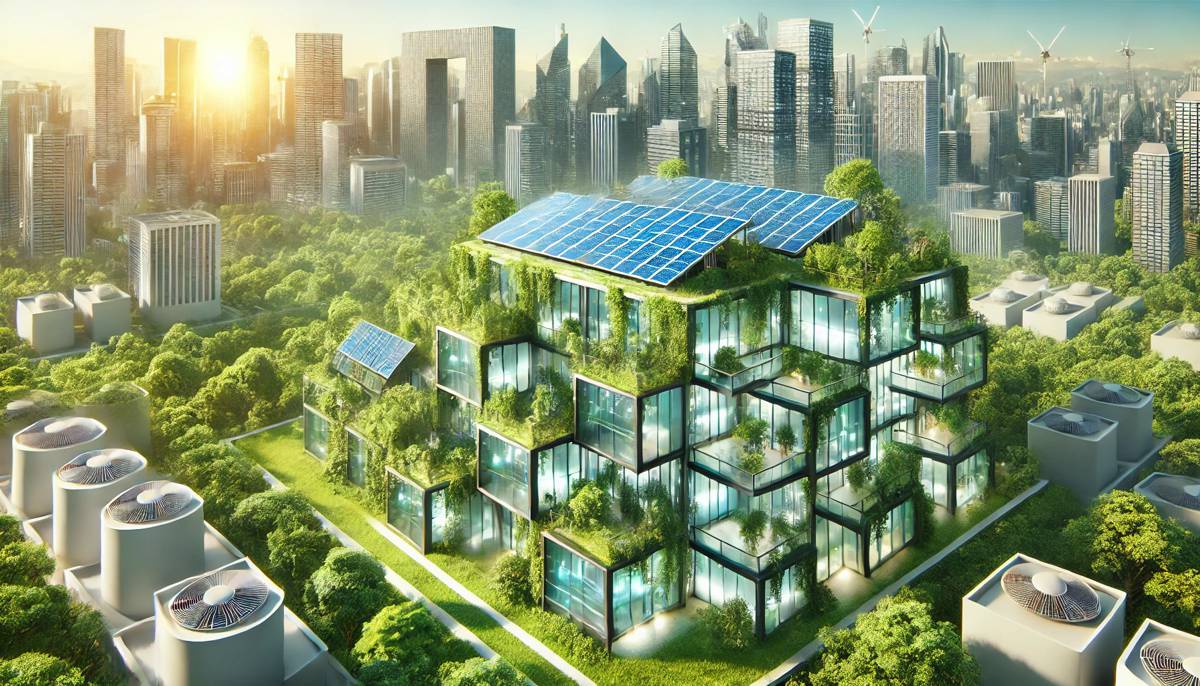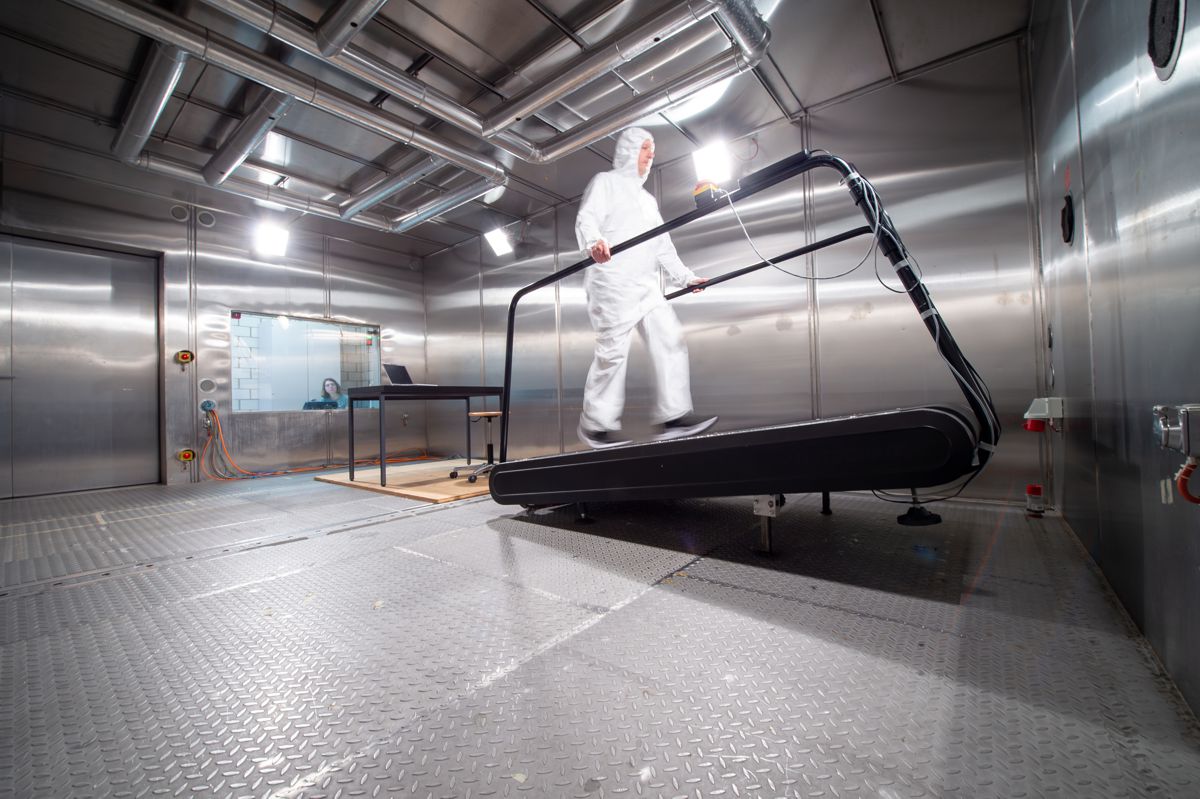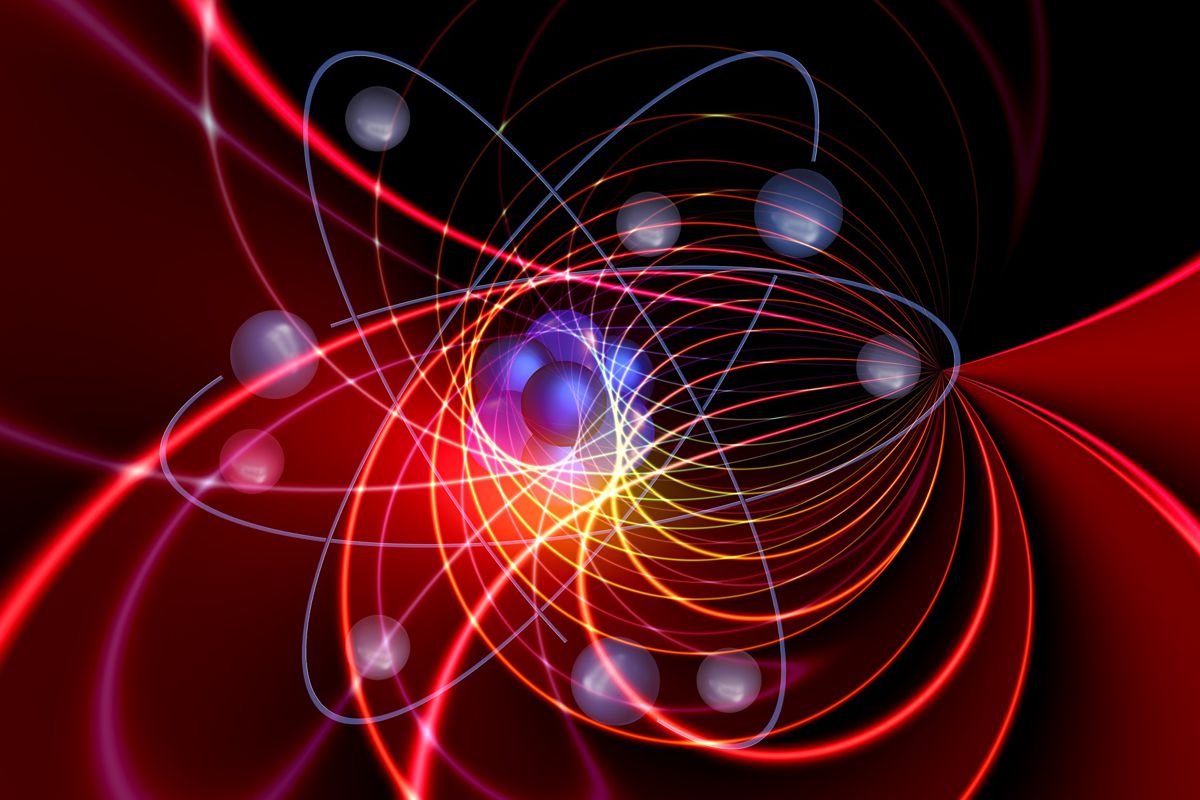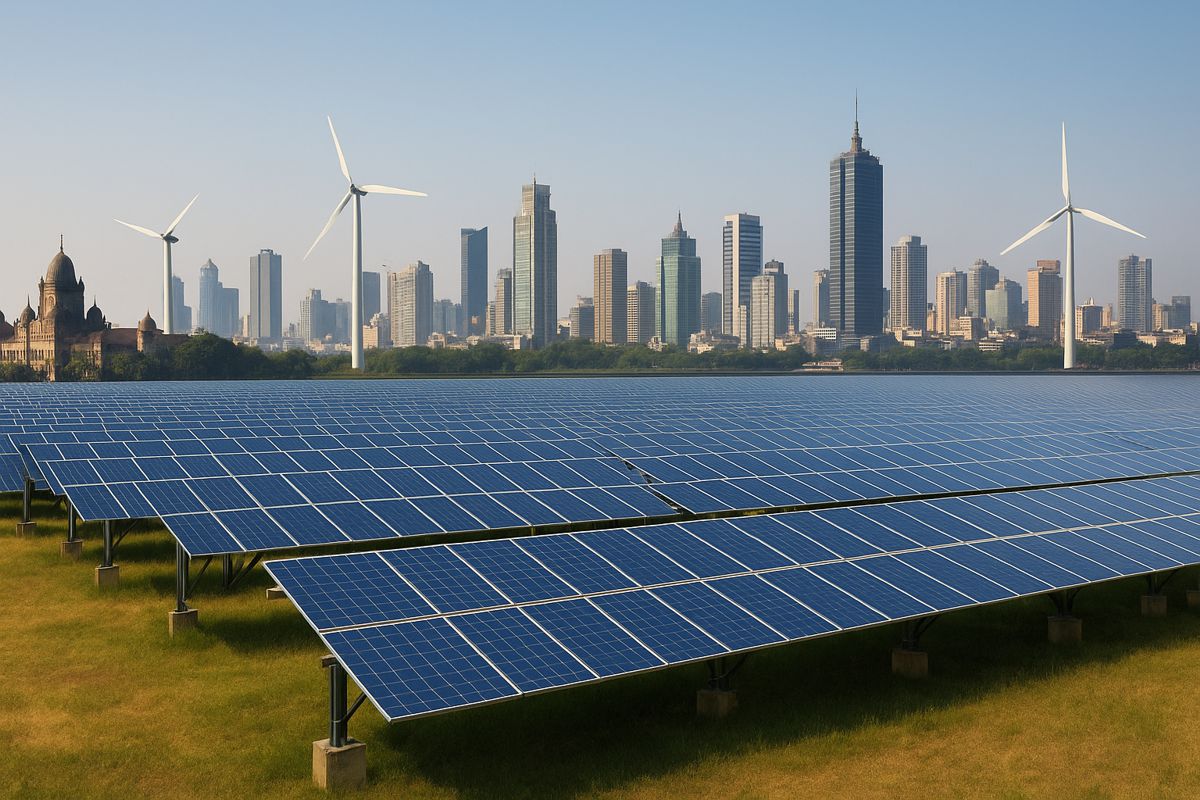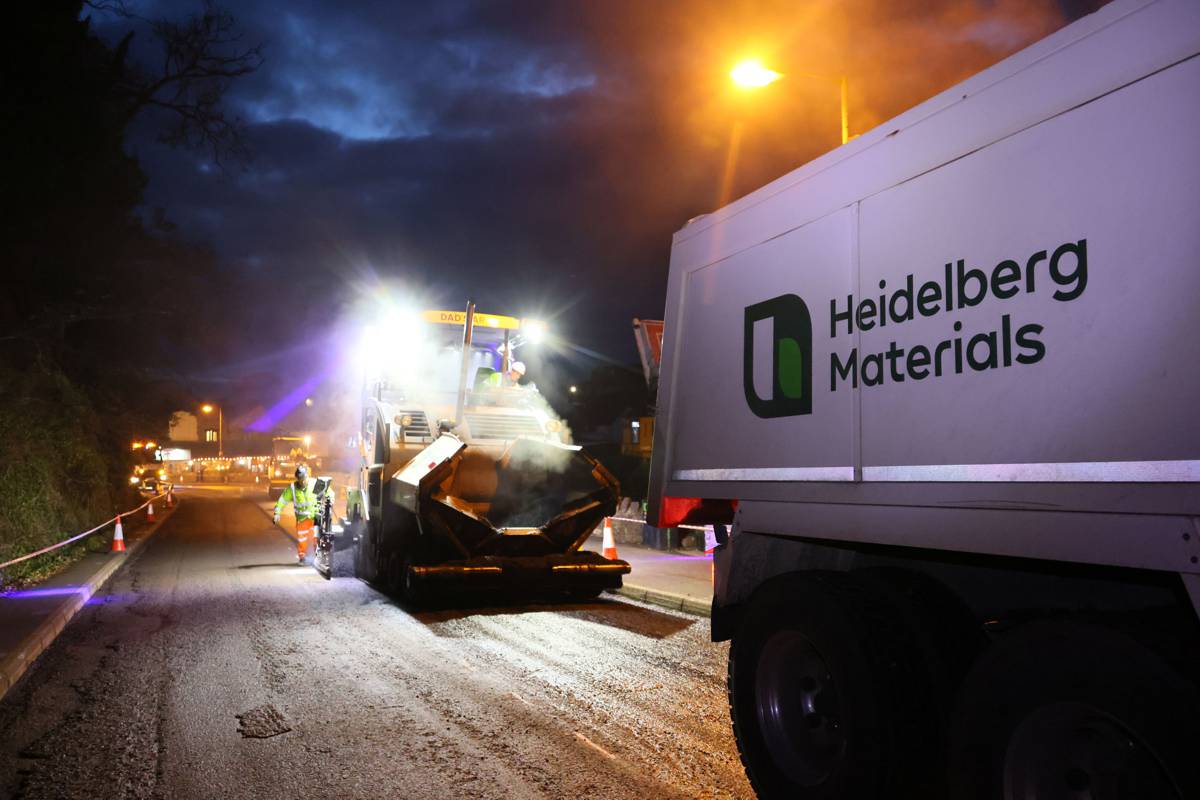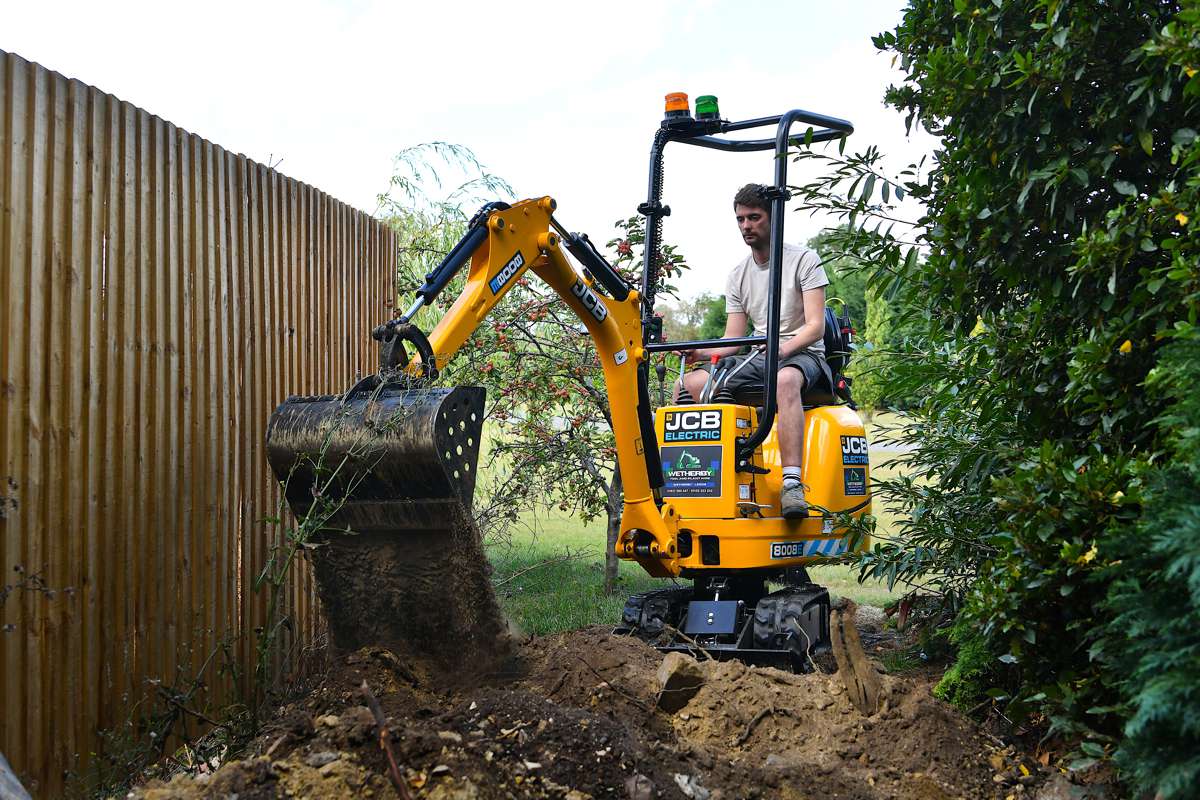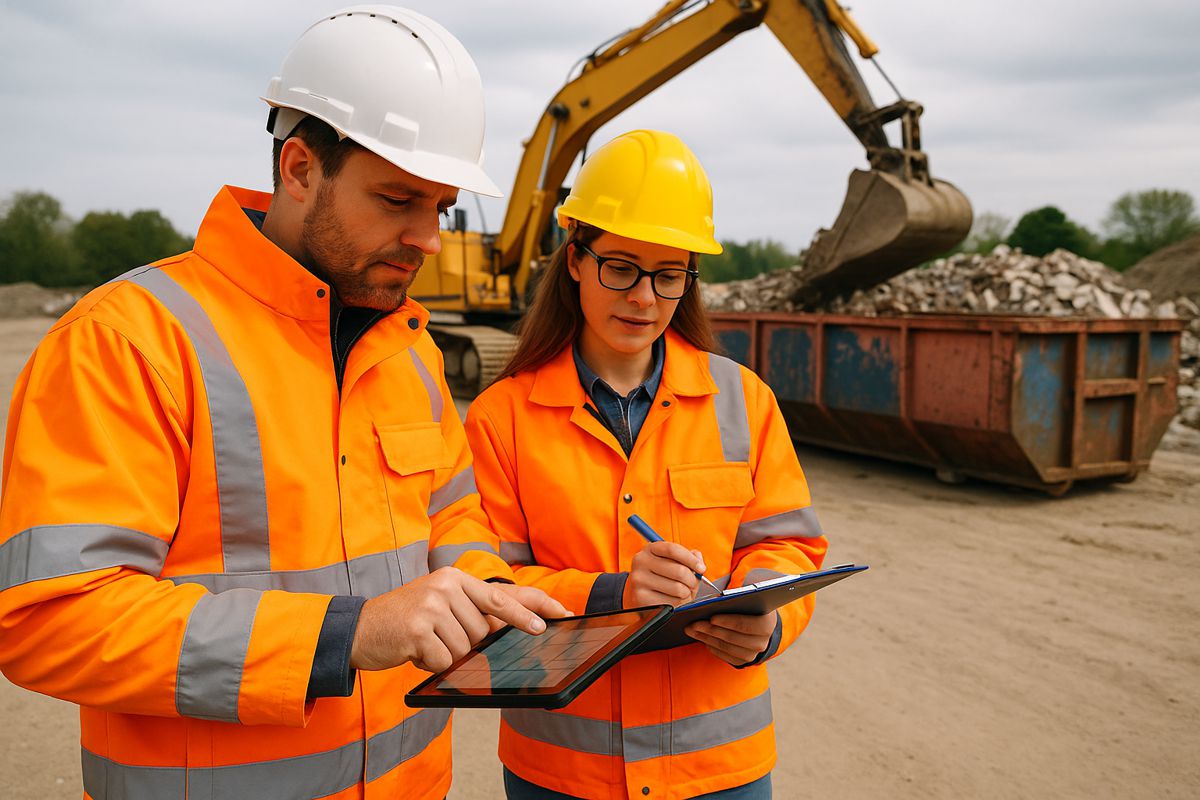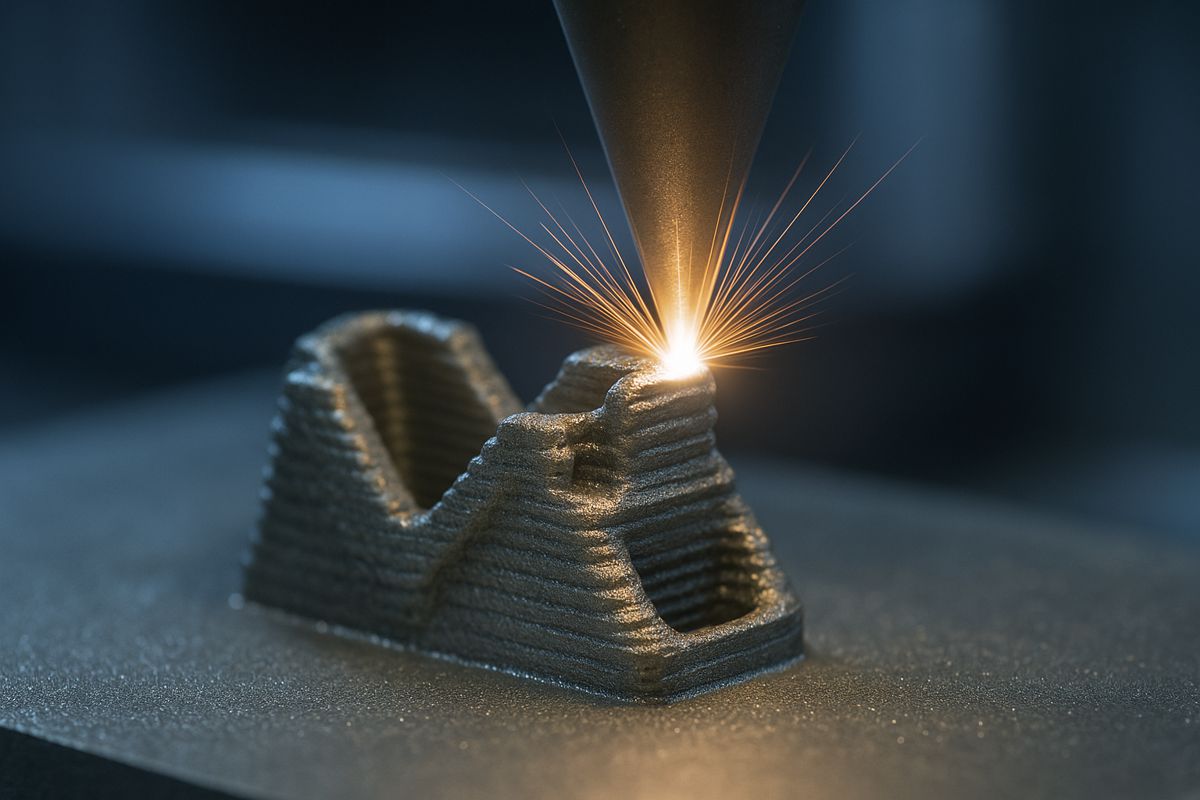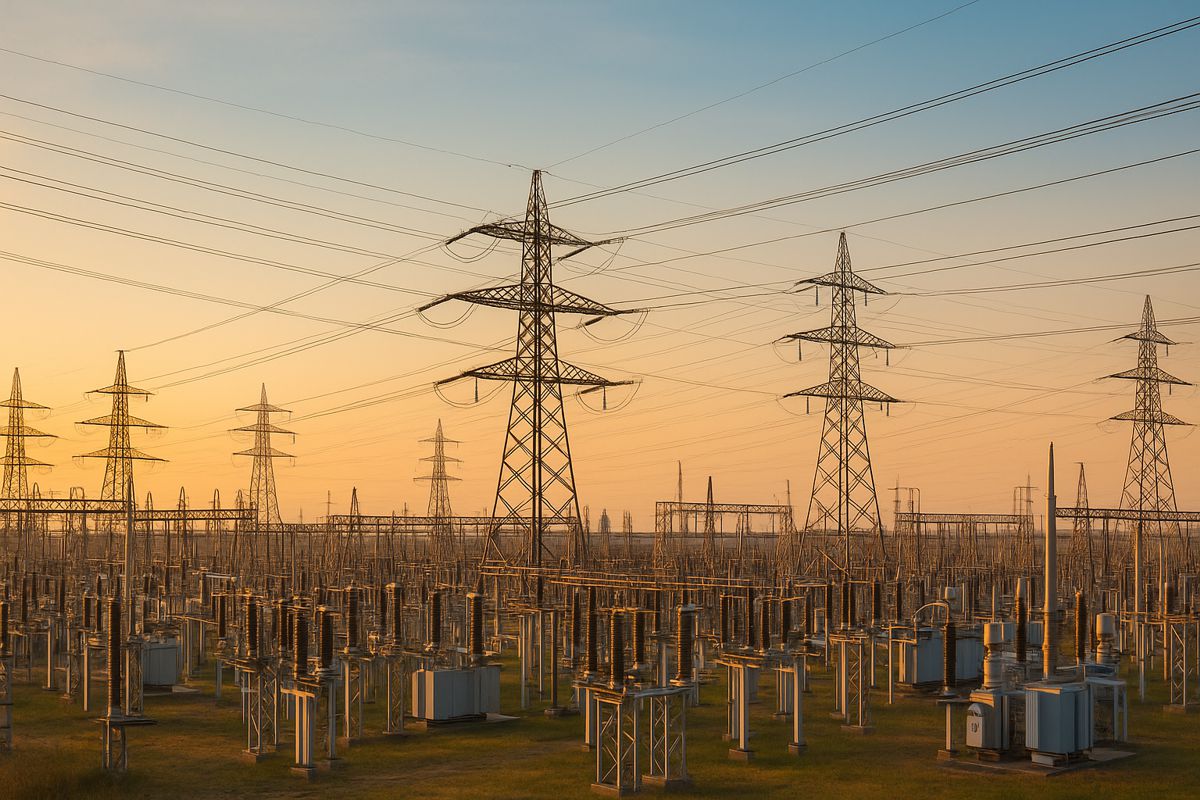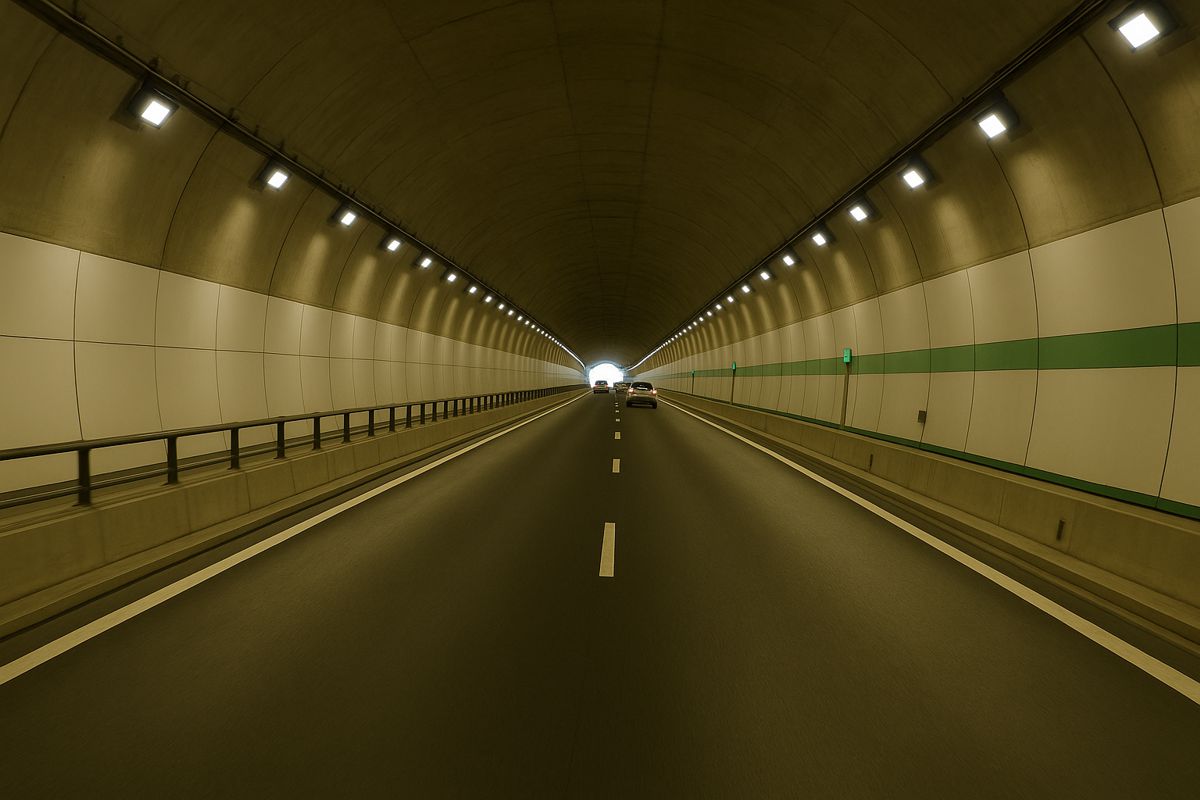Stor4Build is Pioneering Thermal Energy Storage for Greener Buildings and a Smarter Grid
The future of energy-efficient buildings is heating up—literally and figuratively—thanks to an ambitious initiative transforming how we use and store thermal energy.
The Stor4Build Consortium, a Department of Energy (DOE) partnership led by Oak Ridge National Laboratory (ORNL) and key collaborators, is at the forefront of revolutionising thermal energy storage (TES) systems. By combining innovative research with practical solutions, this consortium aims to alleviate the strain on the electric grid while promoting sustainable energy practices.
Reinventing Energy Efficiency with Stor4Build
Across the United States, over 100 million buildings rely on electrical energy to power heating, ventilation, air conditioning (HVAC), and refrigeration systems. These systems are a major contributor to peak load demand on the grid, particularly during extreme weather conditions.
Enter Stor4Build, a collaborative effort involving ORNL, the National Renewable Energy Laboratory (NREL), Lawrence Berkeley National Laboratory (LBNL), Pacific Northwest National Laboratory (PNNL), and the American Council for an Energy-Efficient Economy (ACEEE).
During a two-day workshop hosted by ORNL, stakeholders, industry leaders, and researchers gathered to chart a course for integrating TES solutions into modern building designs. ORNL Director Stephen Streiffer remarked: “The Stor4Build consortium will play a critical role in shaping the future of the nation’s energy systems.”
What Is Thermal Energy Storage?
TES works like a rechargeable battery, storing thermal energy in materials such as phase-change wax or salt hydrates. These materials absorb, store, and release energy as they transition between solid and liquid states. Unlike traditional batteries, TES stores heat or cold for on-demand use, reducing HVAC systems’ reliance on the electric grid during peak hours. Effective thermal energy distribution throughout a building is crucial for maximising these systems’ efficiency. Modern underfloor heating boards provide an excellent foundation for integrating thermal storage solutions, offering uniform heat distribution whilst reducing installation complexity and improving overall system performance in both residential and commercial applications.
By integrating TES into HVAC systems, buildings can maintain comfortable indoor temperatures without drawing excessive power during high-demand periods, such as summer afternoons or winter mornings. Not only does this technology enhance energy efficiency, but it also extends the life of HVAC systems.
Innovations in Heat Pump Technology
At the heart of Stor4Build’s mission is the development of TES-ready heat pumps. Heat pumps, already a greener alternative to traditional heating and cooling systems, transfer thermal energy using a refrigeration cycle. With TES integration, these devices can drastically reduce grid demand during peak times.
Kyle Gluesenkamp, Stor4Build co-director and distinguished R&D scientist at ORNL, led a team to design a prototype heat pump equipped with TES.
“We built a prototype that shows a heat pump with TES can reduce electric demand for heating at peak times of the grid by as much as three times compared to today’s commercially available heat pumps,” Gluesenkamp explained.
Notably, the team also tackled a common heat pump issue: defrosting. Traditional defrosting methods often blow cold air indoors, reducing occupant comfort. However, by incorporating TES, the defrosting process now takes just three minutes—down from the standard 5–10 minutes—without emitting cold air. The result? Greater comfort, improved energy efficiency, and lower peak demand.
Accelerating Market Adoption
TES technology is primarily used in large commercial spaces, but Stor4Build aims to expand its accessibility. For widespread adoption, the consortium is focusing on:
- Cost reduction: Developing affordable storage materials and modular packaging.
- Seamless integration: Designing TES solutions compatible with various HVAC systems, heat pumps, and building envelopes.
- Field evaluations: Conducting large-scale demonstrations to validate the technology’s benefits.
By 2028, Stor4Build plans to implement community-scale projects, targeting a reduction in peak demand by 50–100 kilowatts across 20–50 homes. These projects will also cut individual home power consumption for thermal loads by at least 50% for 4–6 hours.
Collaboration Driving Innovation
Collaboration is the backbone of Stor4Build’s success. The consortium unites government researchers, academia, HVAC industry leaders, and utility providers.
Sven Mumme, Stor4Build co-director and DOE technology manager, emphasised the importance of this collective effort: “It will take crosscutting teams to develop equitable solutions that ensure the benefits of TES are clear for everyone.”
The programme’s scope is vast, encompassing five core projects:
- TES-ready heat pumps for residential buildings.
- TES-integrated systems for commercial spaces.
- Active TES solutions within building envelopes for resilience and energy savings.
- Open-source tools for TES sizing and decision-making.
- Standard testing protocols for new TES products.
A Path Toward Sustainability
ORNL and its partners are setting the stage for a future where energy efficiency and sustainability go hand in hand. By reducing HVAC-related grid stress, TES technology supports the transition to a cleaner, more resilient energy infrastructure.
Stephen Streiffer summed up the initiative’s impact: “ORNL exists to solve big problems that address national needs such as developing solutions that improve the electric grid.”
A Greener Tomorrow, Today
Stor4Build’s advancements in TES and heat pump technologies are more than just technical achievements—they represent a paradigm shift in how we approach energy efficiency. By prioritising comfort, sustainability, and cost-effectiveness, the consortium is creating a blueprint for the buildings of the future.
It’s not just about reducing electricity bills; it’s about empowering communities to thrive in a cleaner, smarter, and more sustainable world.
